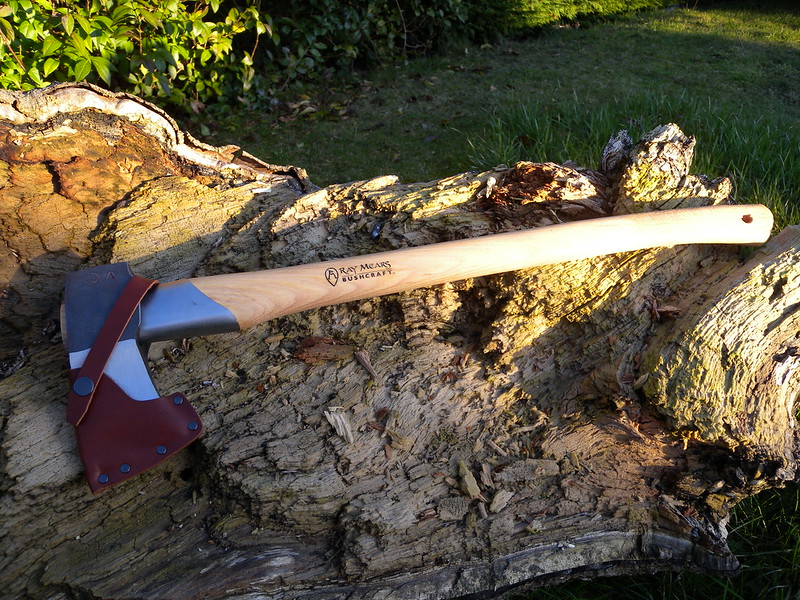Choosing an axe for bushcraft is a task every survivalist goes through. There are many tools you need to carry with you in your EDC and your bug out bag. In general, most classical tools have to be chosen wisely.
An axe for bushcraft is way more powerful than the best knife. It’s also relatively easy to carry thanks to its lightweight and easy handle.
Why you need an axe for bushcraft?
The oldest axe found, known as the hand axe, was used by our prehistoric ancestors as far back as 1.6 million years ago.
This incredible tool went through many transformations and is still widely used nowadays.

An axe is a perfect tool to cut woods in the wilderness in order to set up a warm fire or build a shelter.
It’s also a fatal weapon that fits well in your bug out bag if you ever need to defend yourself against the forest wolves or a dangerous intruder.
Our pick for the best axes for bushcraft:
The Gransfors Bruks Forest Axe
The Gransfors Bruks Small Forest Axe has 19 Inch handle and weight 2 lbs. It’s excellent for felling trees, splitting sticks, or making kindling for a campfire.
This is a handmade axe of high quality. Its price is justified by the long work the manufacturer puts into it. Indeed, it’s handmade and comes hair-shaving sharp ready to be used right away.
If it’s nicely treated, you won’t need to sharpen it more than once every six months. To do so, use Japenese water stones, 1500 and 6000 grit and then finish it up with a leather strop.
The Gransfors Bruks Forest Axe is our go-to axe for our bushcraft activities. We like it for its perfect weight and the perfect size. Its sharpness right out of the box leaves us speechless every time.
What you are getting:
- Solid hickory offers a well-balanced handling
- Vegetable-tanned leather free from heavy metals
- Razor sharp blade with carbon steel
- Perfect size, big enough to chop through branches and small enough for fine works.
- A 20-year warranty covers the axe head
- Swedish expert design
There are different types of axes and each has its characteristics. Don’t mistake it with the hatchet, which is a small version of the axe.
Here’s a good video of the bushcraft expert Ray Mears on choosing and using an axe for bushcraft and survival.







